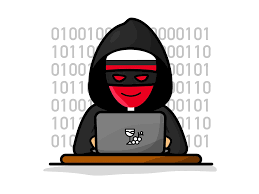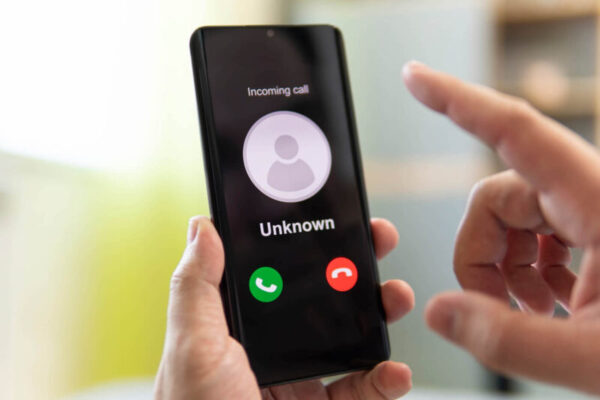Scam Alert : us9514901185421 , us9514 , 9011 , 85421 , Scam Alert, tracking number us9514901185421 , tracking number
Introduction
US9514901185421 :The internet has revolutionized the way we communicate, work, and shop, but it has also given rise to a new breed of criminals who operate in the shadows, preying on unsuspecting victims. One such scam that has been making waves in recent times is the US9514901185421 scam. we will delve deep into the intricacies of this scam, how it operates, and most importantly, how you can protect yourself from falling victim to it.
Read more : https://thenewshunts.com/us9514961195221/
Understanding the US9514901185421 Scam
The US9514901185421 scam is a fraudulent scheme that targets individuals through various online channels, including email, social media, and websites. The scam typically involves a message or notification that informs the recipient that they are entitled to a substantial sum of money or a valuable prize, often claiming to be associated with a legitimate organization or government agency.
How the Scam Works
- Initial Contact: The scam begins with the victim receiving an unsolicited message or notification, often laden with official-sounding language and logos. The message informs the recipient that they have won a lottery, sweepstakes, or some other type of prize, and their attention is drawn to a reference code, usually in the format “US9514901185421.”
- Bait and Hook: To claim their supposed winnings, the victim is asked to provide personal and financial information. This could include their name, address, phone number, email, and even bank account details. The scammers use this information for various malicious purposes.
- Advance Fee Request: After the victim has taken the bait, the scammers may request an upfront payment to cover taxes, processing fees, or other fabricated expenses. Victims are often pressured to make this payment quickly to secure their winnings.
- Disappearing Act: Once the victim makes the payment, the scammers vanish into thin air. They do not deliver the promised prize, and any attempts to contact them go unanswered.
Red Flags to Watch For
To protect yourself from falling victim to the US9514901185421 scam or any similar schemes, it’s crucial to be vigilant and watch for these red flags:
- Unsolicited Communication: Be wary of messages or notifications you did not expect or initiate.
- Too Good to Be True: If an offer sounds too good to be true, it probably is. Be skeptical of any claims of large sums of money or valuable prizes.
- Request for Personal Information: Legitimate organizations do not ask for sensitive personal or financial information via email or social media.
- Upfront Payments: Never send money to claim a prize or unlock a supposed windfall. This is a common tactic used by scammers.
- Poor Grammar and Spelling: Scam messages often contain grammatical errors and spelling mistakes. US9514901185421
- Verify the Source: If you receive a message claiming to be from a government agency or a well-known organization, independently verify its legitimacy through official channels.
Protecting Yourself from Scams
- Stay Informed: Be aware of common scams and their tactics. Knowledge is your best defense.
- Use Strong Passwords: Protect your online accounts with strong, unique passwords, and enable two-factor authentication where available.
- Verify Before You Act: Always verify the legitimacy of offers, requests, or communications before taking any action.
- Report Scams: If you encounter a scam, report it to the appropriate authorities, such as the Federal Trade Commission (FTC) in the United States.
Conclusion
The US9514901185421 scam is just one example of the countless online scams that prey on unsuspecting individuals. By staying informed, being vigilant, and following best practices for online safety, you can protect yourself and your loved ones from falling victim to these fraudulent schemes. Remember, if something seems too good to be true, it probably is. Trust your instincts and exercise caution when navigating the vast digital landscape.
FAQ
-
What is “us9514901185421,” and why should I be concerned?
- “us9514901185421” appears to be a random alphanumeric code, and without more context, it’s challenging to determine its significance. Online scams often use ambiguous or misleading information to trick individuals into revealing personal or financial information. If you’ve encountered this code in a suspicious context, it’s wise to exercise caution.
-
How can I recognize online scams?
- Online scams come in many forms, including phishing emails, fake websites, fraudulent offers, and more. Common signs of scams include unsolicited requests for personal or financial information, promises of large sums of money for little effort, misspelled or suspicious-looking email addresses, and urgent demands for immediate action. Always scrutinize unsolicited communications and be skeptical of offers that seem too good to be true.
-
What should I do if I suspect I’ve encountered a scam?
- If you suspect you’ve come across a scam or received a suspicious message, it’s crucial not to engage with it. Do not click on any links, download attachments, or provide personal or financial information. Instead, report the scam to the relevant authorities, such as your local consumer protection agency and the Federal Trade Commission (FTC) in the United States. You can also contact your bank or financial institution if the scam involves financial transactions.
-
How can I protect myself from online scams?
- Protecting yourself from online scams involves being vigilant and taking several precautions, including:
- Verify the source: Always verify the sender’s identity and the legitimacy of the message or website.
- Use strong, unique passwords: Regularly update your passwords and avoid using the same password for multiple accounts.
- Enable two-factor authentication (2FA): Whenever possible, enable 2FA for your online accounts to add an extra layer of security.
- Educate yourself: Stay informed about common online scams and learn how to recognize their signs.
- Install antivirus and anti-malware software: Use reputable security software to protect your devices from malware and phishing attempts.
- Protecting yourself from online scams involves being vigilant and taking several precautions, including:
-
Is there a way to check if a specific code or offer is a scam?
- There isn’t a universal method to verify the legitimacy of a code or offer wiIs there a way to check if a specific code or offer is a scam?thout context. However, you can conduct online searches or use tools like scam-checking websites and forums to see if others have reported similar codes or offers as scams. Additionally, consider seeking advice from trusted sources or friends before taking any action.





